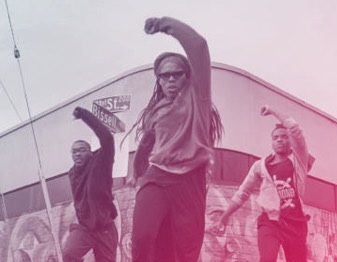East Bay filmmaker Pete Nicks’ riveting documentary, The Waiting Room, is a miracle of sorts. An intimate yet measured look at the emergency room at Highland Hospital, a public facility in Oakland, The Waiting Room applies an extraordinary amount of counterintuitive craftsmanship and artistry to its setting and subject. You would expect frazzled, on-the-spot health care to be presented with the verité vibe of nerve-jangling, handheld camerawork — with glacial long takes interspersed to evoke the inevitable waits to see a doctor — but it becomes clear quite quickly that Nicks has hit on a more thoughtful and more conscientious approach.
The film flows rather than jabs, insinuating us into the cases and concerns of a handful of anxious patients and their loved ones rather than poking us, reality TV-style, with one dramatic moment after another. There’s no underlying hum of frenzy, of chaos threatening to overwhelm the staff with their fingers in the dike of 73,000 emergency room visits a year (per the hospital’s web site). Nor, for that mater, is there a narrator, an omniscient voice imposing order on chaos.

We’re cannily brought into this world, and made to feel as if we could be watching our own experience, through low-key voice-over interviews. Illness and disease are not everyday events for most people, but we recognize that it’s only a matter of time (and diet and lifestyle and genes and luck) before each of us requires immediate, professional care. No one needs to explain the relevance of an emergency room, and we listen and watch with acute interest.
That direct connection is essential to putting the film over because the vast majority of what we see is everyday life, and everyday life is routine and the antithesis of “movie material.” We crave drama and excitement, and there are some peak moments in The Waiting Room, such as the stressful arrival of three gunshot victims at once that vaporizes the constant low-level pressure of too many people and not enough beds into a whirlwind of adrenalized urgency. But mostly we are privy to intense but non-life-threatening events, such as a girl’s high fever, or a carpet-layer with bone spurs so painful that he can’t sleep through the night, or a street person’s post-binge recovery.



